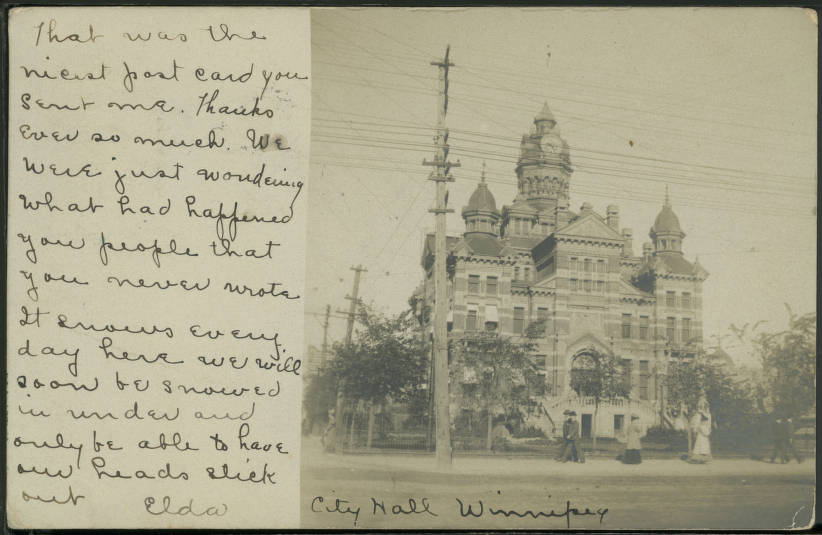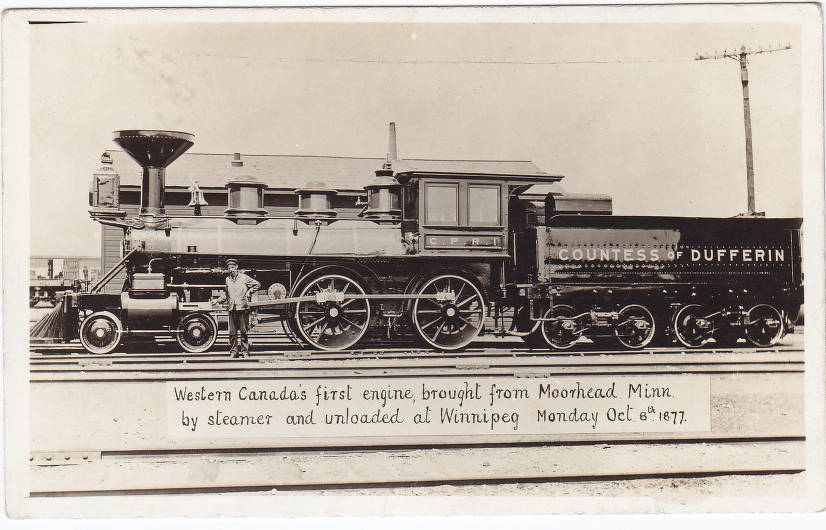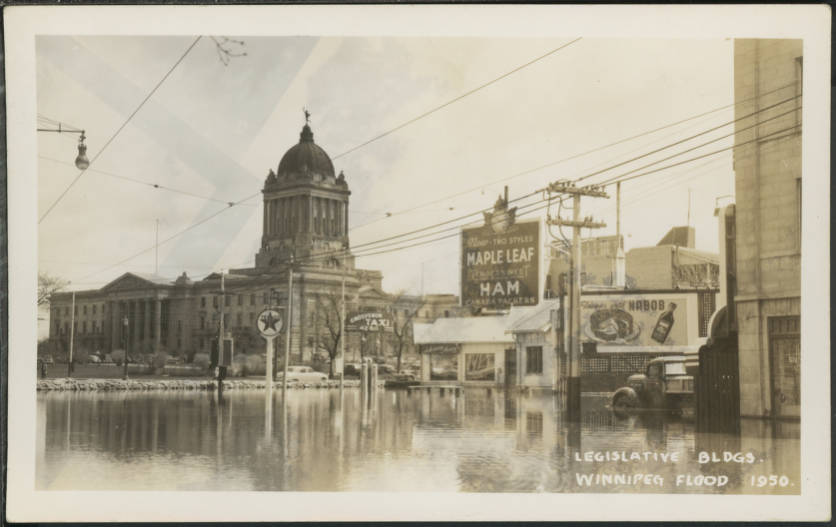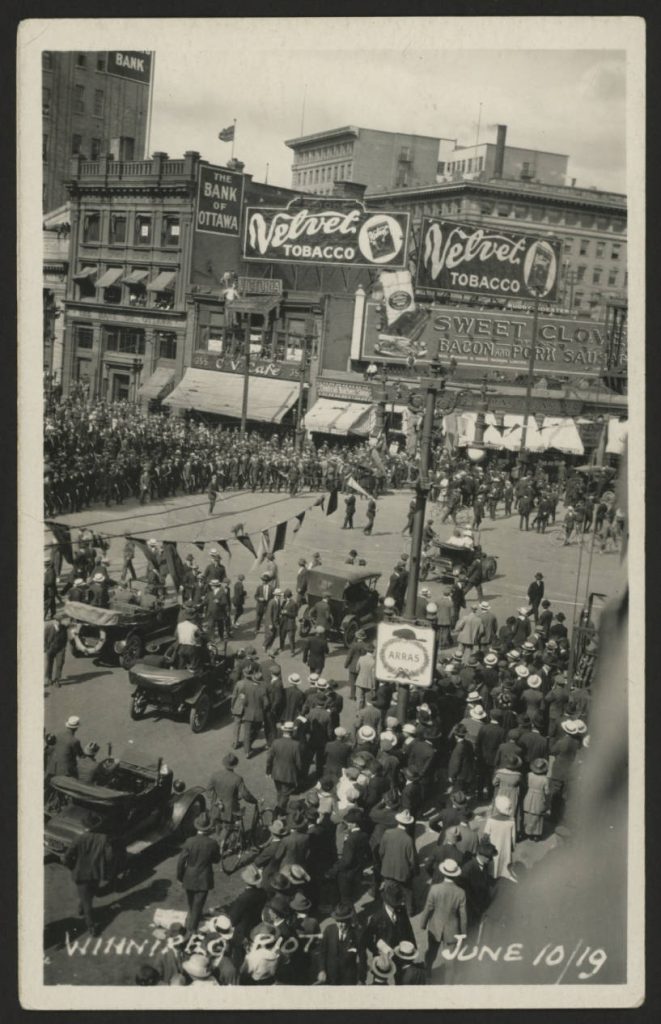The City of Winnipeg officially turns 150 years old on January 19, 2024–the anniversary date of the first city council meeting in 1874 . The City plans to hold a number of events over the coming year, and has earmarked funds so organizations can apply for a grant to hold events over the year.
Existing festivals, events, museums, and other organizations who operate within Winnipeg and incorporate the Winnipeg 150 theme: Our shared stories. Our shared future. into their 2024 programming can apply for grants of up to $5,000. Funding for the grants is subject to Council’s approval of the 2024-2027 multi-year budget. – www.winnipeg.ca
Winnipeg’s first mayor was Francis Evans Cornish, former mayor of London, Ontario. He defeated William F. Luxton, Winnipeg Free Press editor and owner by a margin of 383 votes to 179. There were only 382 eligible voters in Winnipeg at that time! Property owners were allowed to vote in every civic poll in which they owned properly. Until 1955, mayors could only serve one term. The City of Winnipeg Council consisted of 13 alderman and one mayor and it remained this way until 1920.
In 1875, construction of a new City Hall began and it proved to be a structural nightmare, and was held up by props and beams. The building was eventually demolished so a new City Hall could be built. Work started on the new city hall in 1883, and by 1886 a “gingerbread” building of Victorian grandeur was completed.

Public Domain. Source: https://pastforward.winnipeg.ca/ Identifier: B4C045. Message: Front: That was the nicest post card you sent me. Thanks ever so much. We were just wondering what had happened you people that you never wrote It snows every day here we will soon be snowed in under and only be able to have our heads stick out. Elda. City Hall Winnipeg. Postmarked Jan 1907.
By 1958, the building was falling into disrepair with visitors dodging “falling plaster” from the tower, which was eventually removed. In 1962, whole building was torn down, and construction of the new Winnipeg Civic Centre began. It was completed in 1963, with an addition of the tunnel to the Manitoba Centennial Centre in 1967. It has had some alternations, renovations and landscaping over the ensuing years.
In 1876, the post office officially adopted the name Winnipeg. The Countess of Dufferin, the first locomotive in Winnipeg arrived via steamboat in 1877. But most importantly in those early years, the Canadian Pacific Railway completed the link from eastern Canada to Winnipeg in 1881.

Public Domain. SOURCE: https://pastforward.winnipeg.ca Identifier: WP0708. Western Canada’s First Engine, Brought from Moorhead Minn. by Steamer and Unloaded at Winnipeg Monday Oct 8th 1877.
The City of Winnipeg’s population grew from 25,000 in 1891 to more than 179,000 in 1921. The great immigration to the west was in full swing, and many of our ancestor’s arrived during this time.
There were some growing pains during the early 20th century. The population was growing rapidly, and infrastructure was growing to meet those needs: Winnipeg Transit (1882), Winnipeg Fire Department (1882), Winnipeg Grain & Produce Exchange (1887), Assiniboine Park (1904), Shea’s Amphitheatre (1909), and the Winnipeg Art Gallery (1912). Winnipeg was the centre of transportation for the continent and the future looked bright—until the Panama Canal was completed in 1914.
With the opening of the Panama Canal, reliance on Canada’s rail system for international trade fell. By 1919, worker dissatisfaction in general had grown so much that the infamous Winnipeg General Strike of 1919 occurred. On May 15, 1919, 30,000+ workers walked off the job in Canada’s third largest city. It affected the entire country and all eyes were on Winnipeg for the next six weeks as arrests, deportations, and incidents of violence rocked the city. The strike ended on June 21, 1919, when the Riot Act was read and a group of RCMP officers charged a group of strikers. You can read more about the Winnipeg General Strike through this link.
The Manitoba Legislative Building was completed in 1920. People were adjusting to the changes brought about by The Strike, and in 1928, the Winnipeg International Airport opened. Other than an anti-fascist protest on June 5, 1934—dubbed the Battle at Old Market Square—life settled into a natural rhythm. This battle is an interesting look at life in Winnipeg in the 1930’s.
In 1950, the Red River flood occurred where waters held above flood stage for 51 days. It was the largest flood since 1861.

Public Domain. SOURCE: https://pastforward.winnipeg.ca/ Identifier: B4B156. Legislative Buildings. Winnipeg Flood 1950.
It is estimated that the Flood of 1950 resulted in $125.5 million in damages ($1 billion in today’s dollar). It took nearly a decade to clean up the havoc and destruction caused by the flood. It also spurred the building of the Red River Floodway (1962-1968), referred to as Duff’s Ditch while it was being built. Duff Roblin was Premier of Manitoba at that time. The Floodway, as it is now commonly called, was expanded in 2005 after the Flood of the Century occurred in 1997. It diverts water around the City of Winnipeg and some outlying areas.
The City of Winnipeg continues to grow. Arenas, stadiums, sports teams, parks, and the continuing influx of immigrants keep the city growing. It is a rich multi-cultural hub that has been Winnipeg for 150 years. Visit the official Winnipeg 150 Anniversary Exhibit.



